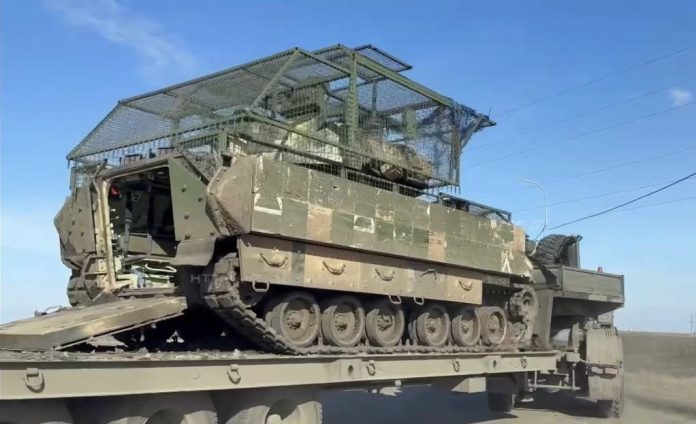As the war in Ukraine has been raging for four years, both warring sides have adapted to the methods of warfare and learnt certain vulnerabilities. Ukrainian and Russian troops are reportedly installing iron nets and other structures called “grills” on their military vehicles in Kursk and other frontline regions.
How Ukraine defends
To protect Bradley Fighting Vehicles, the Armed Forces of Ukraine (AFU) reinforced vulnerable areas such as the engine compartment and turrets. The following footage shows a Russian drone aiming at the engine compartment, but the damage was mitigated by the “grill”.
A soldier who did not manage to get into the vehicle was most likely killed, but the vehicle and the crew within remained combat-ready, according to the footage.
The challenge of striking such fortified targets lies in the fact that it is extremely hard to spot the protective screen given the high speed and faint cameras of FPV drones, which is why this type of armour has proven to be quite effective.
The war in Ukraine has generated a lot of improvised modifications of combat vehicles. Ukrainian troops created various armoured personnel carriers based on a wide range of tanks, including the T-64.
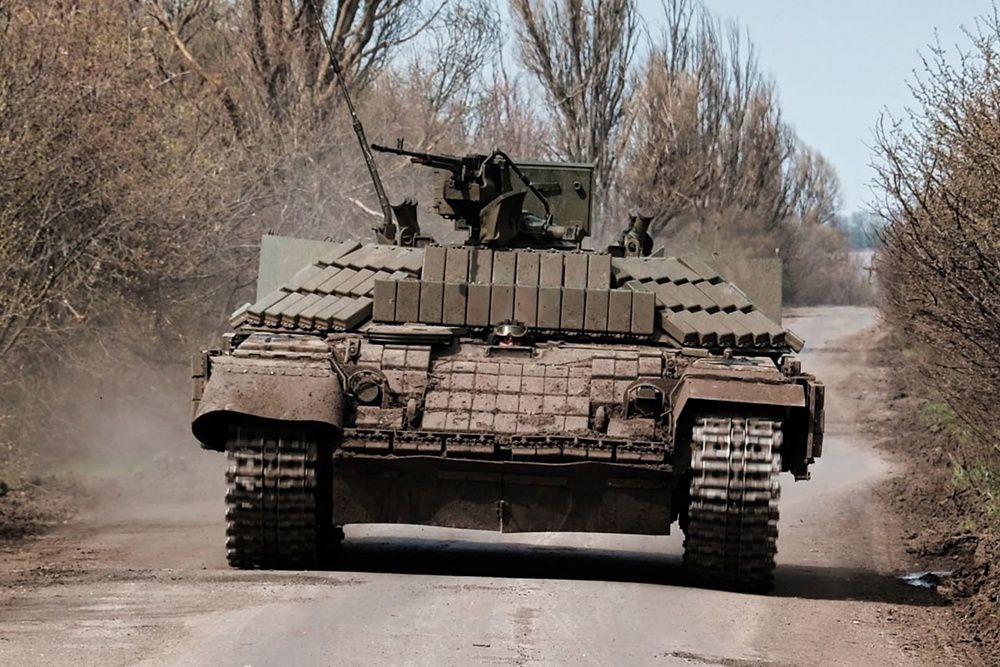
The AFU also showed engineering innovations in the Kursk region, deploying to the battlefield WiSENT 1 multi-purpose armoured vehicle with route opening mine plough, BTS-4 armoured recovery vehicle, BREM-1 armoured recovery vehicle (ARV), and Wisent 1 ARV, all equipped with anti-drone protection.
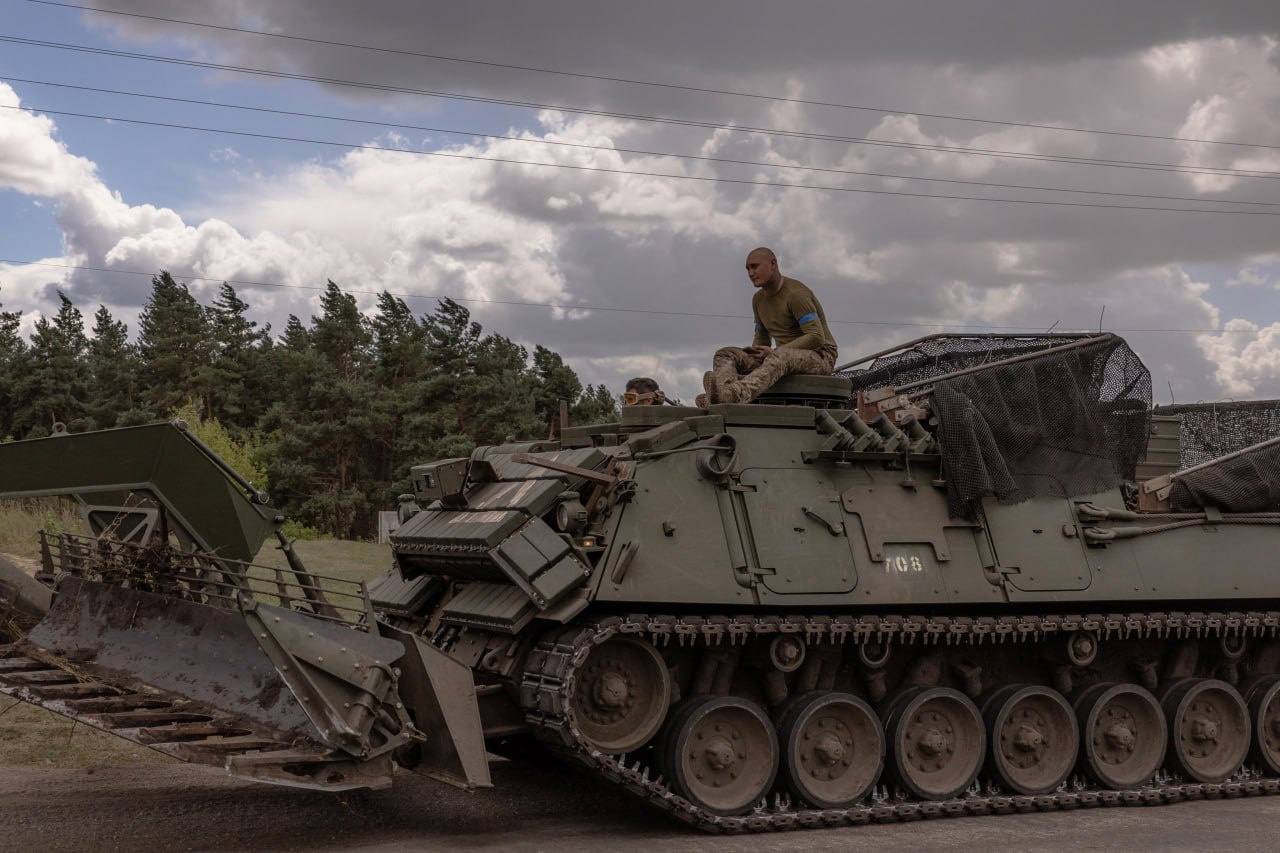
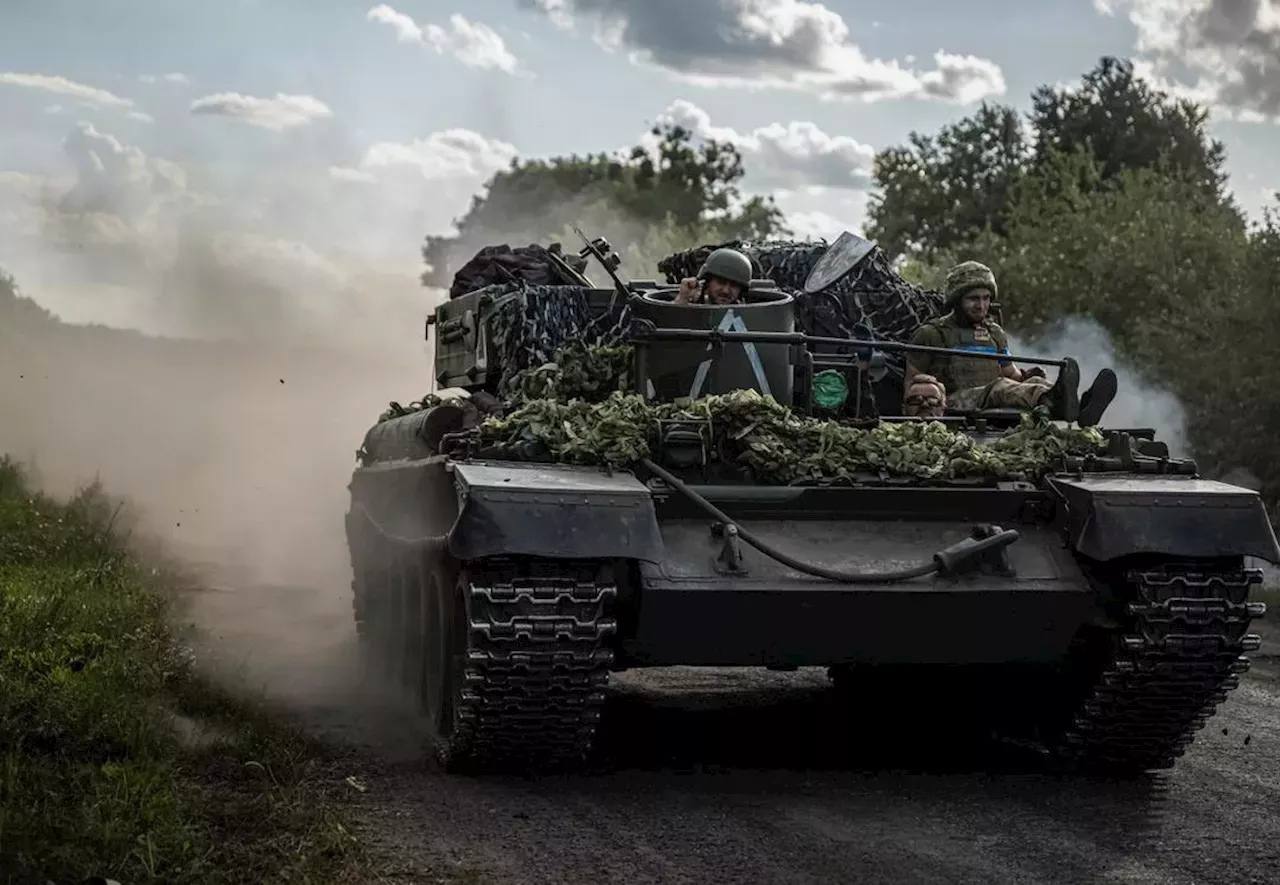
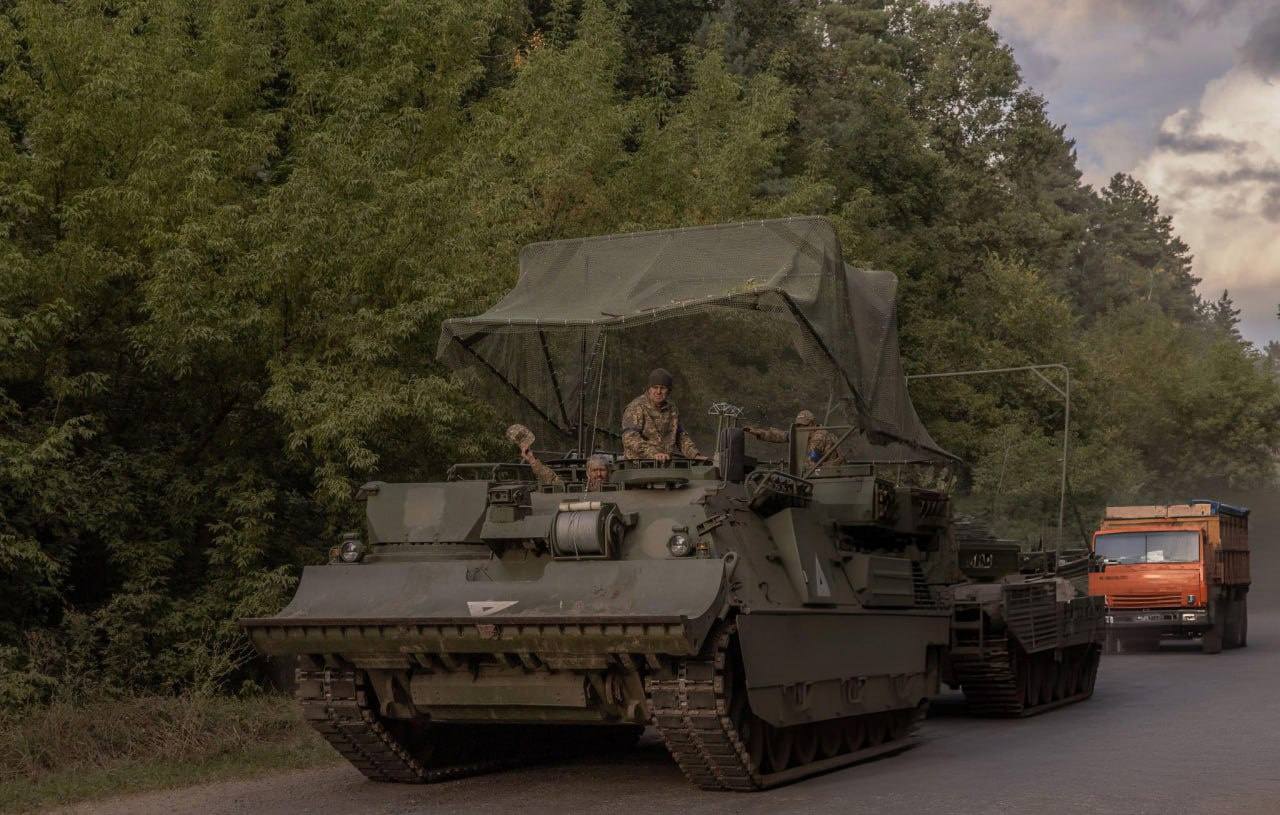
However, the steel mesh screens installed on AFU infantry fighting vehicles do not fully cover vulnerable areas. Military experts recalled the experience of the T-64, T-72 and Leopard 2 previously seen on the battlefield. The Bradley design features do not allow the most vulnerable areas of the hull and turret to be fully covered.
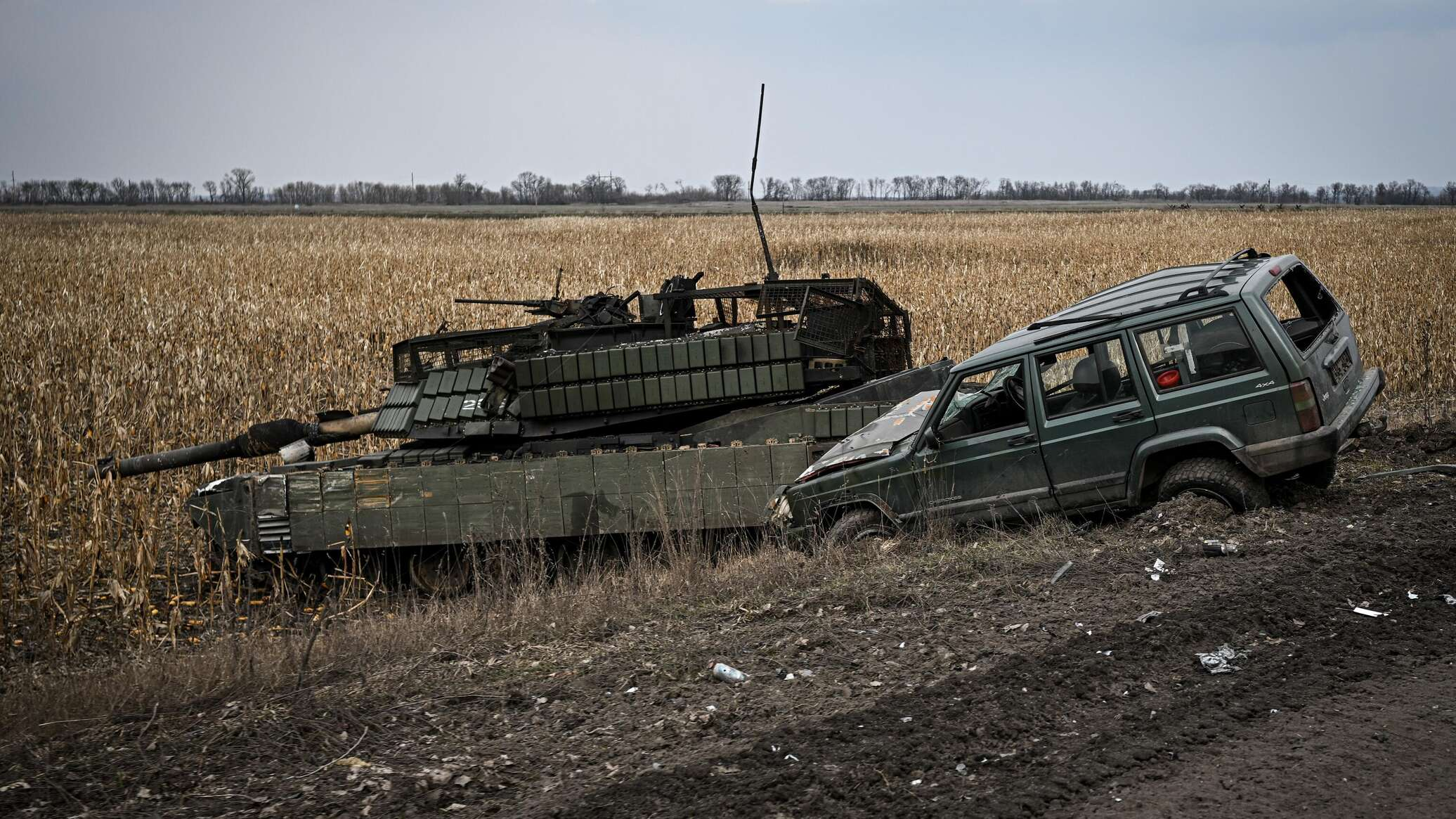
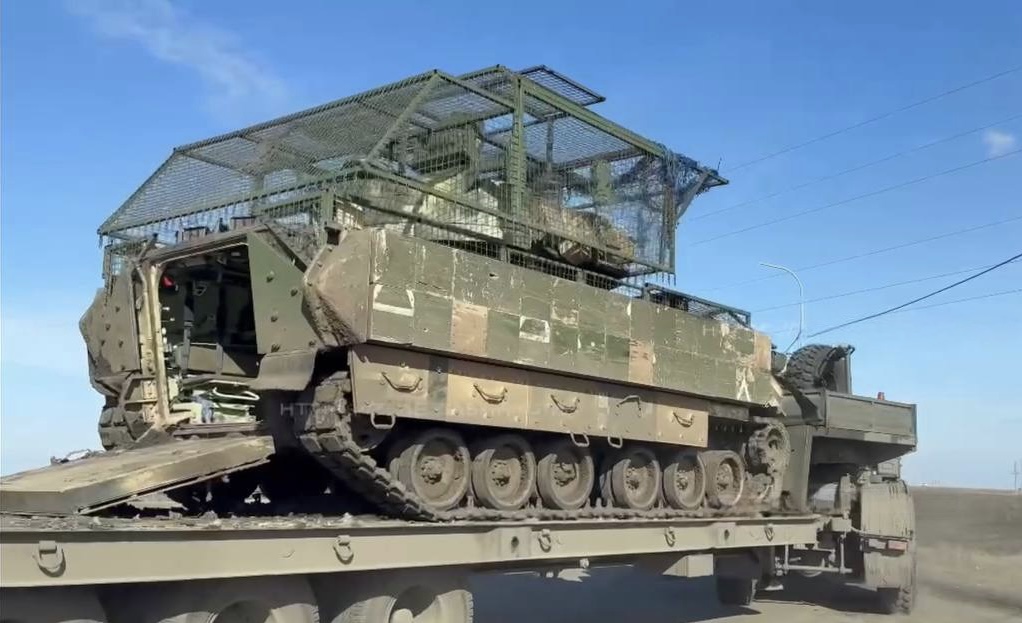

Ukraine’s Metinvest company is reportedly unfolding serial production of steel mesh screens for Stryker armoured personnel carriers developed on the basis of the Canadian LAV III APC.
Russian “monstrous” constructions
Russian media are distributing footage showing four tanks with fortified structures called “tsar’s BBQs (grills)” storming Ukrainian troops’ positions.
A Russian serviceman shot a video featuring a Russian vehicle modified with Rabitz nets, rubber and chains.
Everything is reinforced with fittings. We also have rubber on the fuel tanks, rubber on the sides, chains. Here we also have rubber on the rear. We’re also planning to stretch Rabitz nets. The first layer will be Rabitz, then chains, then the second round of chains
Russian protective nets are also reportedly being used to shield buildings in the city of Belgorod. Such nets are designed to protect houses from drone strikes, which have become more frequent there.
Grill as future of military engineering
Drone operators are often able to precisely target vulnerable points on military vehicles, but thanks to designs such as “grills”, damage can be minimised.
Originally, “grills” or “braziers” were designed to provide protection against impacts on the roof of the turret. Fitted with such defences, the tank becomes like a huge BBQ brazier, which gave the name to such a modification.
Contrary to expectations and mockery from military critics, the design proved effective even against hand grenade launchers and anti-tank missile systems, such US Javelins and the British-Swedish NLAWs. Despite the fact that “grills” do not guarantee full protection against rockets and other projectiles, they significantly increase the chances of survival of both the tank and its crew.
These cages physically prevent grenades from landing and exploding inside the tank. The projectiles bounce and explode aside without inflicting major damage. Moreover, the upper part of the anti-drone structures is usually fitted with dynamic defence panels containing explosives that detonate on contact with enemy munitions and reduce their effectiveness.
Almost all modern Russian tanks already use self-made “grills”. Due to the data obtained on the battlefield, the designs undergo changes and become even more functional. Some modifications are fitted with powerful electronic warfare systems, making anti-drone canopies even more efficient.
Such unconventional engineering solutions allow the shells to explode above or near the vehicles, thus protecting the vehicle and saving its crew’s lives.
